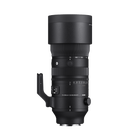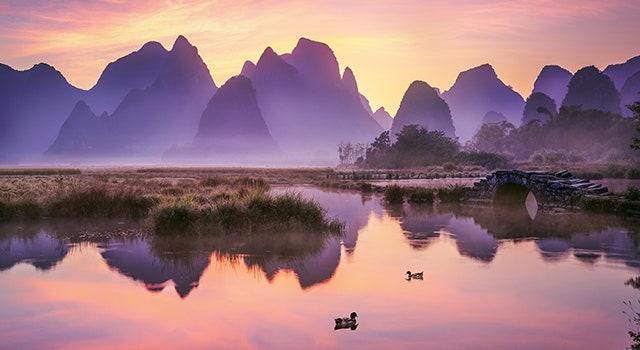Fairytale photos with SIGMA 70-200mm F2.8 DG DN OS | Sports
The advantages of a zoom lens are many. Not least because a fraction of a second can make the difference between capturing that very special image, or missing it.
With a 70-200 F2.8 lens, you can quickly recompose the image where you are standing so that you don't miss anything important by running back and forth. You can use several of the most popular focal lengths among portrait photographers (70-200mm) while shooting with a large aperture (F2.8). No wonder many photographers dream of a good 70-200 F2.8 in their camera bag.
How does the 70-200mm F2.8 work for fairytale photos?
In this article you get to join me (Sandra Hallnor, Portraits of Lapland) on a fairytale shoot where SIGMA's new 70-200mm F2.8 DG DN OS | Sports is tested for fairytale photos.
Spoiler: I was pleasantly surprised.
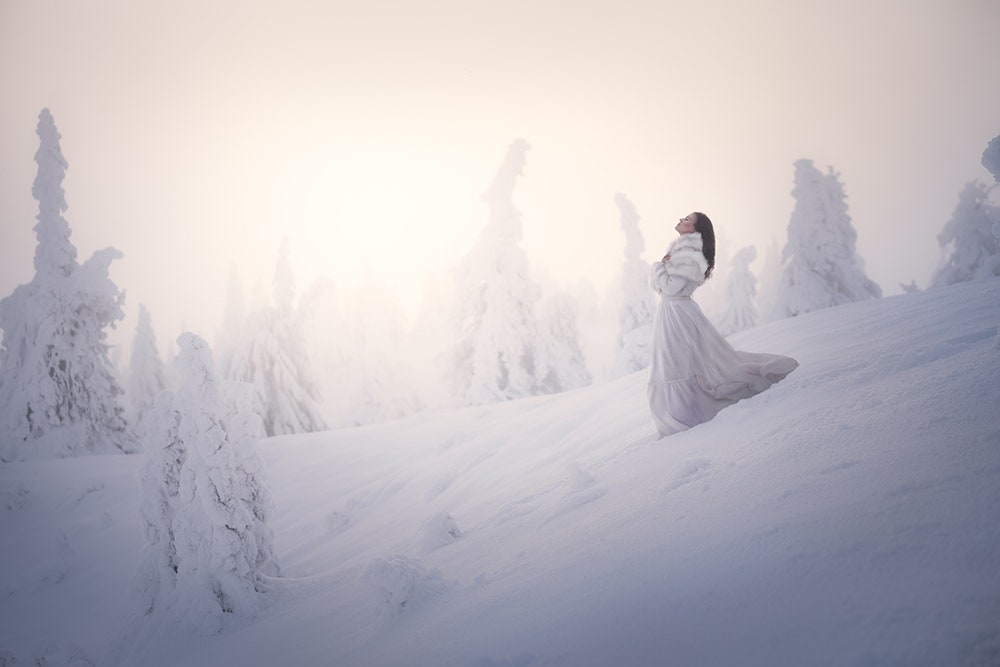

Edited Self Portrait with SIGMA 70-200mm F2.8 DG DN OS | Sports 70mm | ISO 100, f2.8, 1/500
Lenses for Fairytale photos
What do you need to think about when choosing lenses for fairytale photos?
The lens creates different looks in your photos in combination with your camera settings and how you use the location you are shooting at.
What you like is a matter of taste.
Many story and portrait photographers love the look that a blurred background creates in photos. Including myself. Among other things, because it makes the subject stand out, makes the editing easier (easier to change and remove things in the background), and the photo becomes more exciting (because the eye is used to seeing the surroundings in a different way).
To create this look, you need a lens that allows you to shoot at longer focal lengths (70mm and up) and with a large aperture (f/2.8 and longer F-number).
Personally, however, I don't want the background to be too blurry, because it's important to me that the location is included and contributes to the feeling in the photo. The more blurred the background, the more anonymous the location.
Background blur
Even if you shoot at the same focal length and with the same aperture, but with different lenses, the appearance of the background blur will differ slightly. So, how does it look with the SIGMA 70-200mm F2.8 DG DN OS | Sports?
Focal length
As already mentioned, the focal length is one of the things that affects how much background blur you'll get in your photos. The higher the focal length, the more background blur you get.
To illustrate the difference, below you have three unedited photos where the focal length is what separates them. The settings and distance to the model are the same in all three. The photos have then been described in a similar image section to make it easier to see.
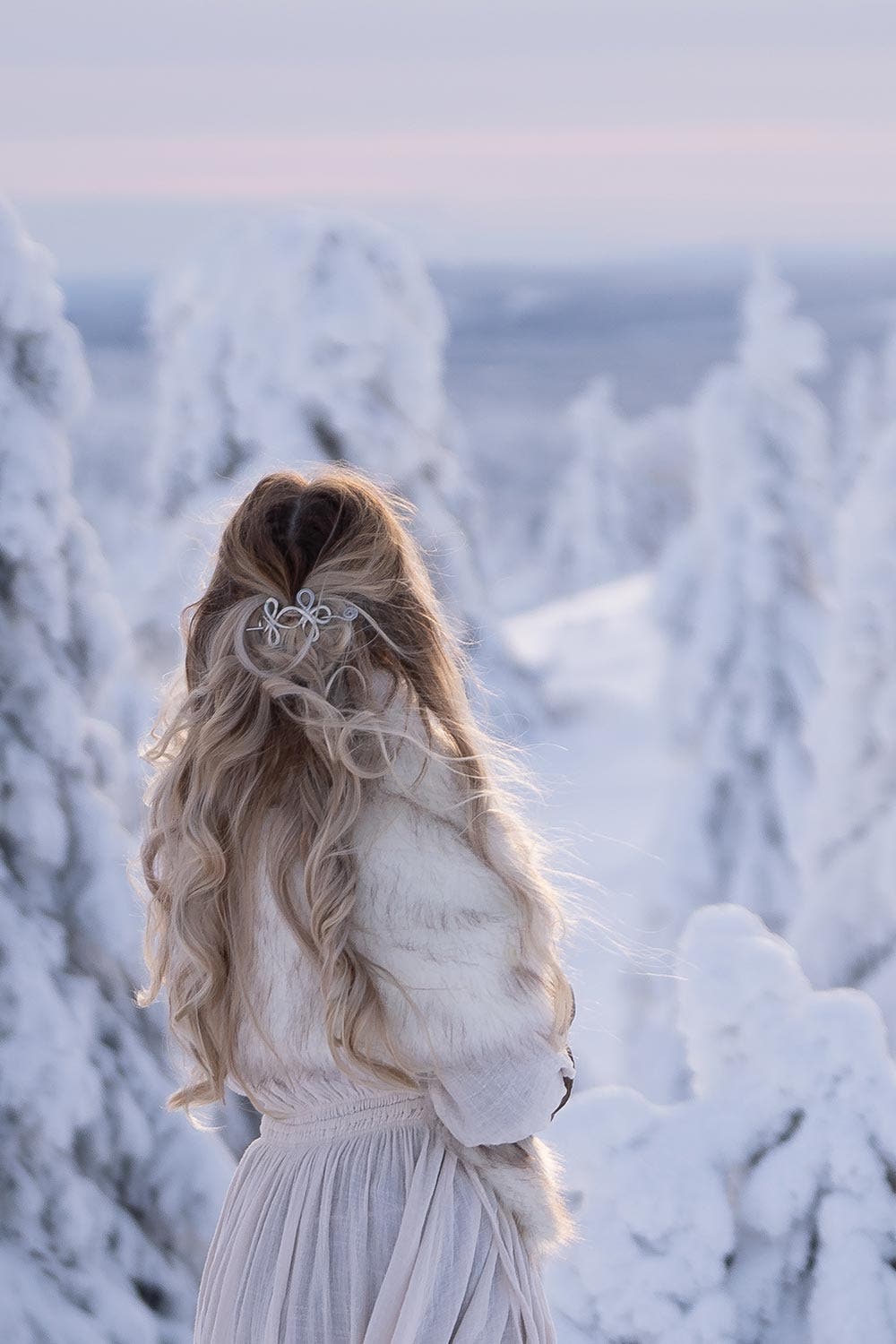

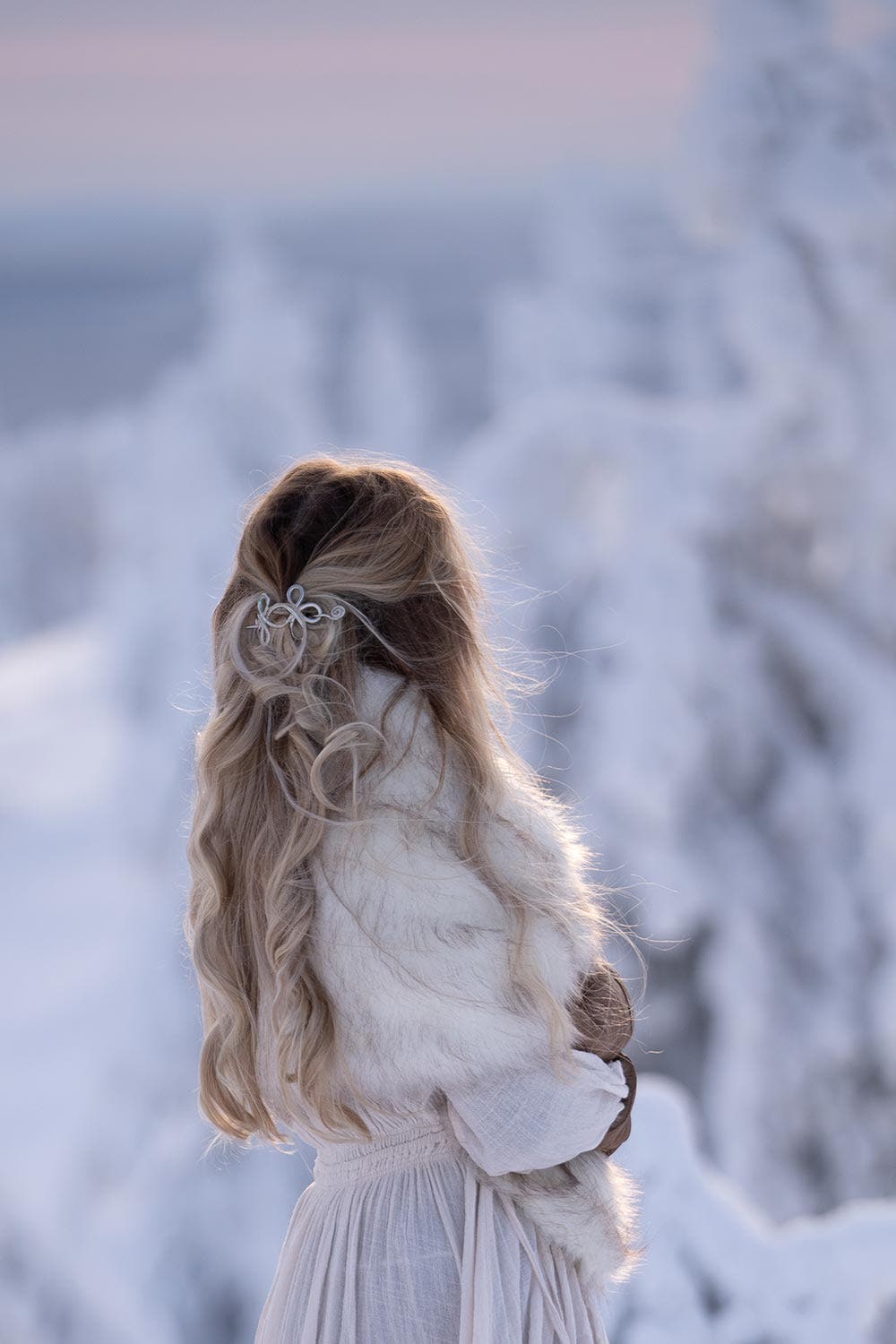

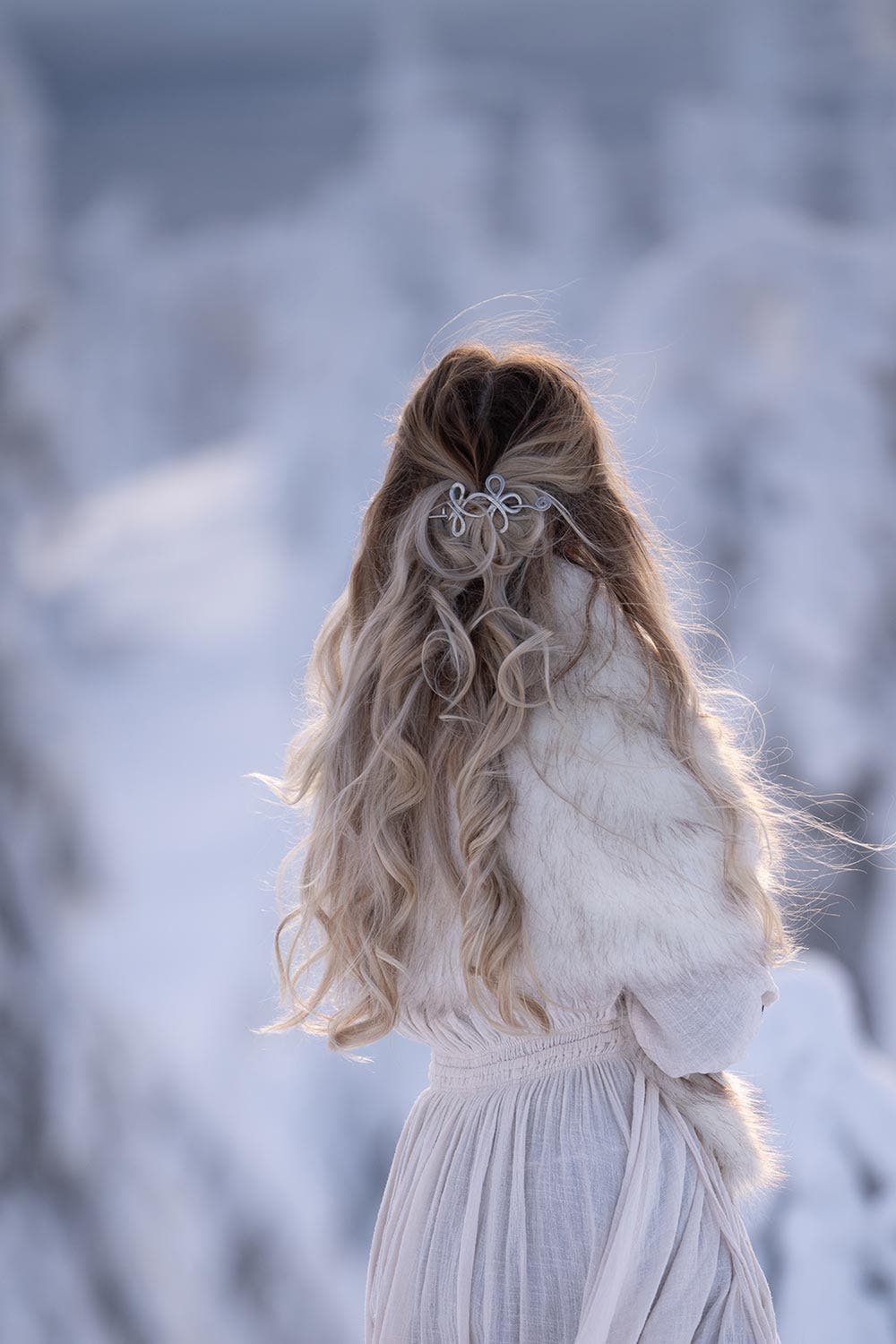

Unedited photos. Settings: ISO 125, F2.8, 1/800. Focal length: left: 70mm, middle: 142,1mm, right: 200mm.
Conclusion: The lens provides a very nice background blur all the way from focal length 70mm to 200mm. Convenient to be able to choose the focal length depending on the location, desired composition and background blur.
Edited fairytale photo at 70mm:
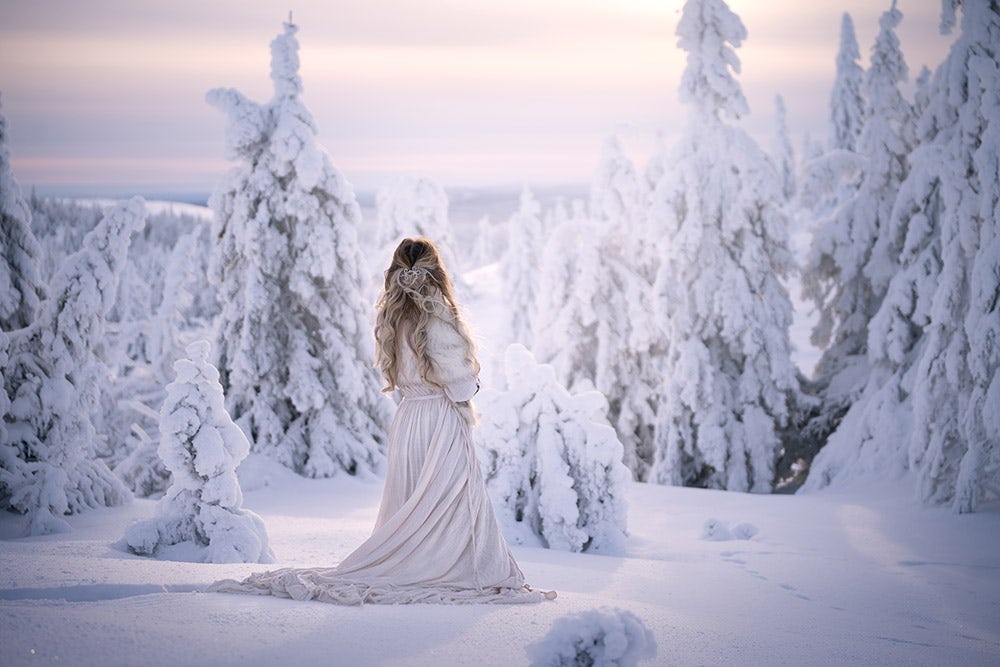

Edited fairytale photo: SIGMA 70-200mm F2.8 DG DN OS | Sports 70mm | ISO 125, F2.8, 1/800
Aperture
Aperture is another factor that affects how much background blur you get. The larger the aperture (smaller F-number), the more background blur.
So how much is the difference in appearance between f/1.4 and f/2.8 apertures?
Below you will find two photos taken at the same focal length, but with two different lenses to test different aperture sizes. To help you see the difference, the examples below are unedited.
The result:
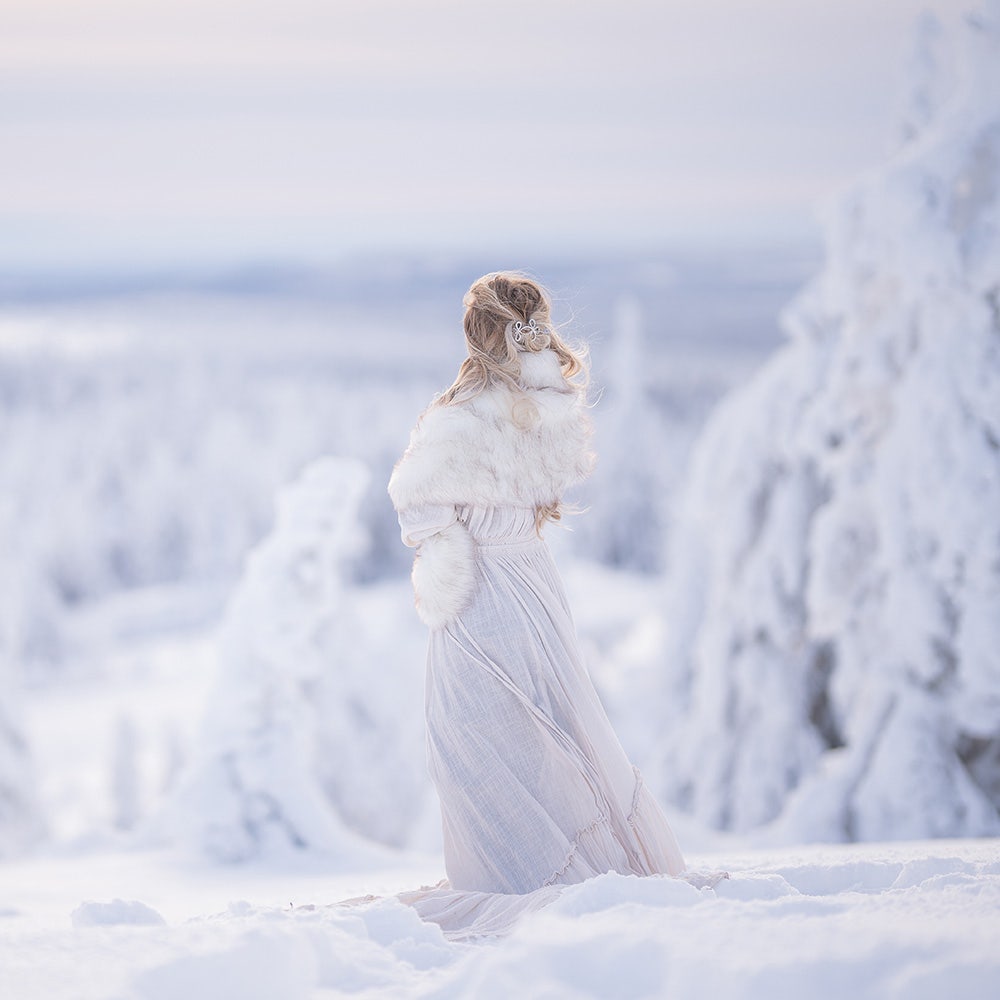

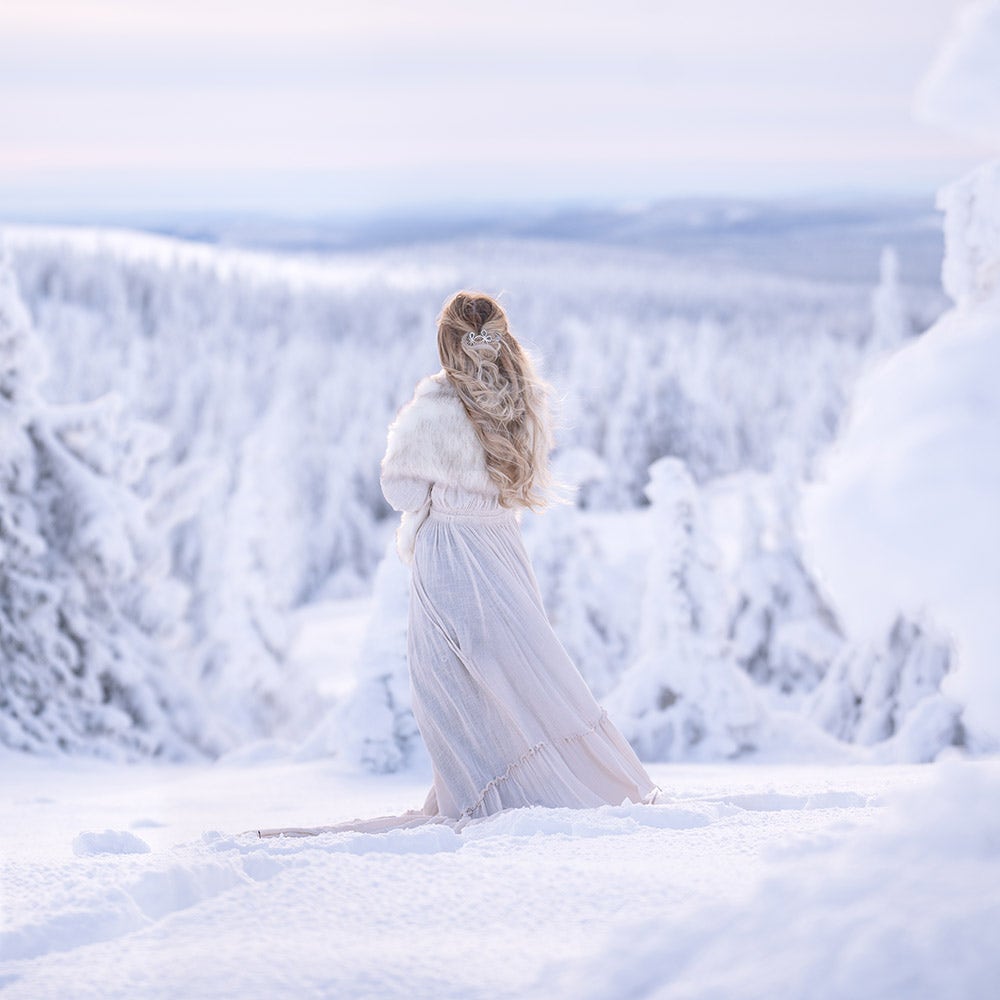

Unedited photos.
Photo to the left: SIGMA 105mm F1.4 DG HSM | Art. ISO 160, F1.4, 1/1600.
Photo to the right: SIGMA 70-200mm F2.8 DG DN OS | Sports. ISO 160, F2.8, 1/640 (105mm).
Conclusion: When the photos are taken at the same distance and at the same focal length, of course you'll get a greater background blur in the picture taken with a larger aperture. But I love the look of both photos straight out of the camera. Since I have shot in an open location where the landscape rolls out behind the model, it does not need to be a disadvantage to shoot with aperture F2.8. Then I'll have more space to edit the photo without losing details in the nature.
Create more background blur
Editing
If you're shooting with an aperture of F2.8 and want more background blur, you have many great tools today that help you enhance the blur in the background when editing the photos. When you shoot fairytale photos, editing is still half the fun for many.
This photo didn't really need to be edited, but because I think it's fun, you have a before and after fairytale edit below. Total editing time: 5 minutes.


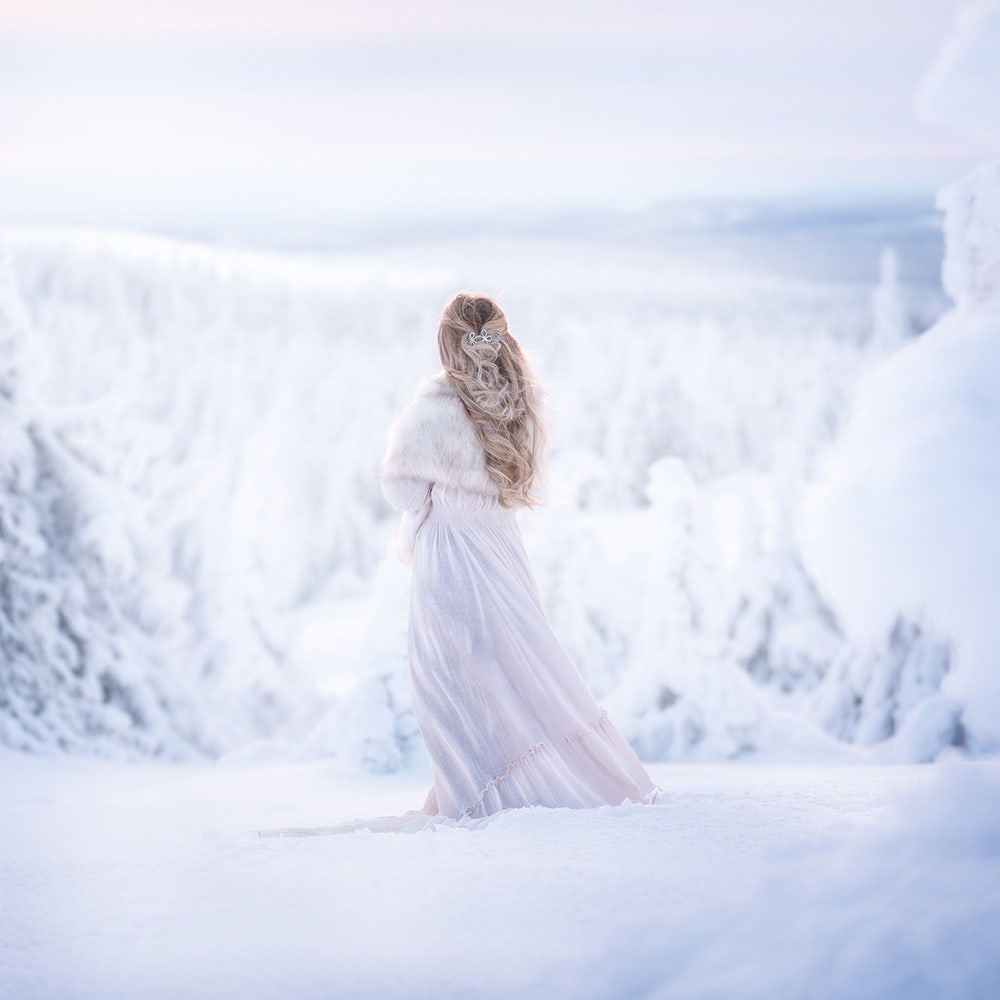

Unedited to the left. Edited to the right.
SIGMA 70-200mm F2.8 DG DN OS | Sports, 105mm, ISO 160, F2.8, 1/640.
But, let's say you want to create the background blur directly in the camera. Another way than using aperture or editing is to use the distance.
Go closer
If you shoot with the SIGMA 70-200mm F2.8 DG DN OS | Sports and want more background blur directly in the camera, just move closer to the subject because you can get really close. 0.65 m is the minimum focusing distance at focal length 70mm and 1 m at focal length 200 mm. Which is comparatively closer than you can get with the SIGMA 105mm F1.4 DG HSM | Art through all focal lengths, and closer than with the SIGMA 85mm F1.4 DG DN | Art if you're shooting at 70mm.
Here is an example of how the background blur changes when I go a few steps closer to the model. Everything else, from camera settings to focal length, is the same as in the photo examples above.
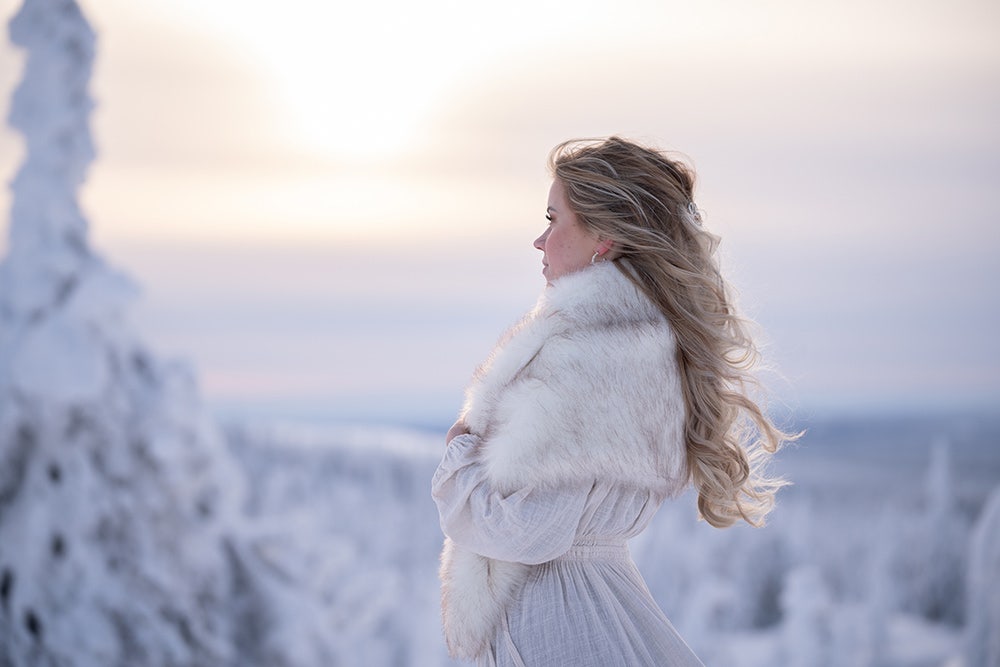

Unedited photo. SIGMA 70-200mm F2.8 DG DN OS | Sports (105mm). ISO 160, F2.8, 1/640.
Edited fairytale photo:
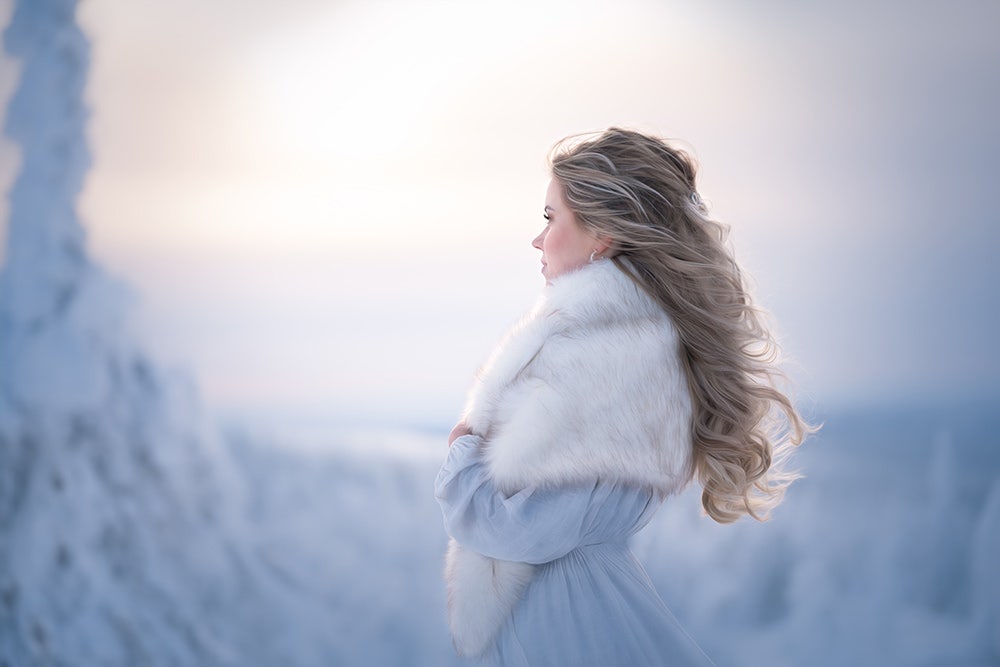

Edited photo. SIGMA 70-200mm F2.8 DG DN OS | Sports (105mm). ISO 160, F2.8, 1/640.
Longer focal length
A shorter focal length makes the depth of field longer (more of the background comes into view). But the opposite is also true, that the longer your focal length is, the more separation you get between the subject and background (you get more background blur).
Below are two different examples to illustrate how the focal length affects the appearance of the photo.
Example 1:
Taken with two different lenses at focal length 105 mm and focal length 200 mm.
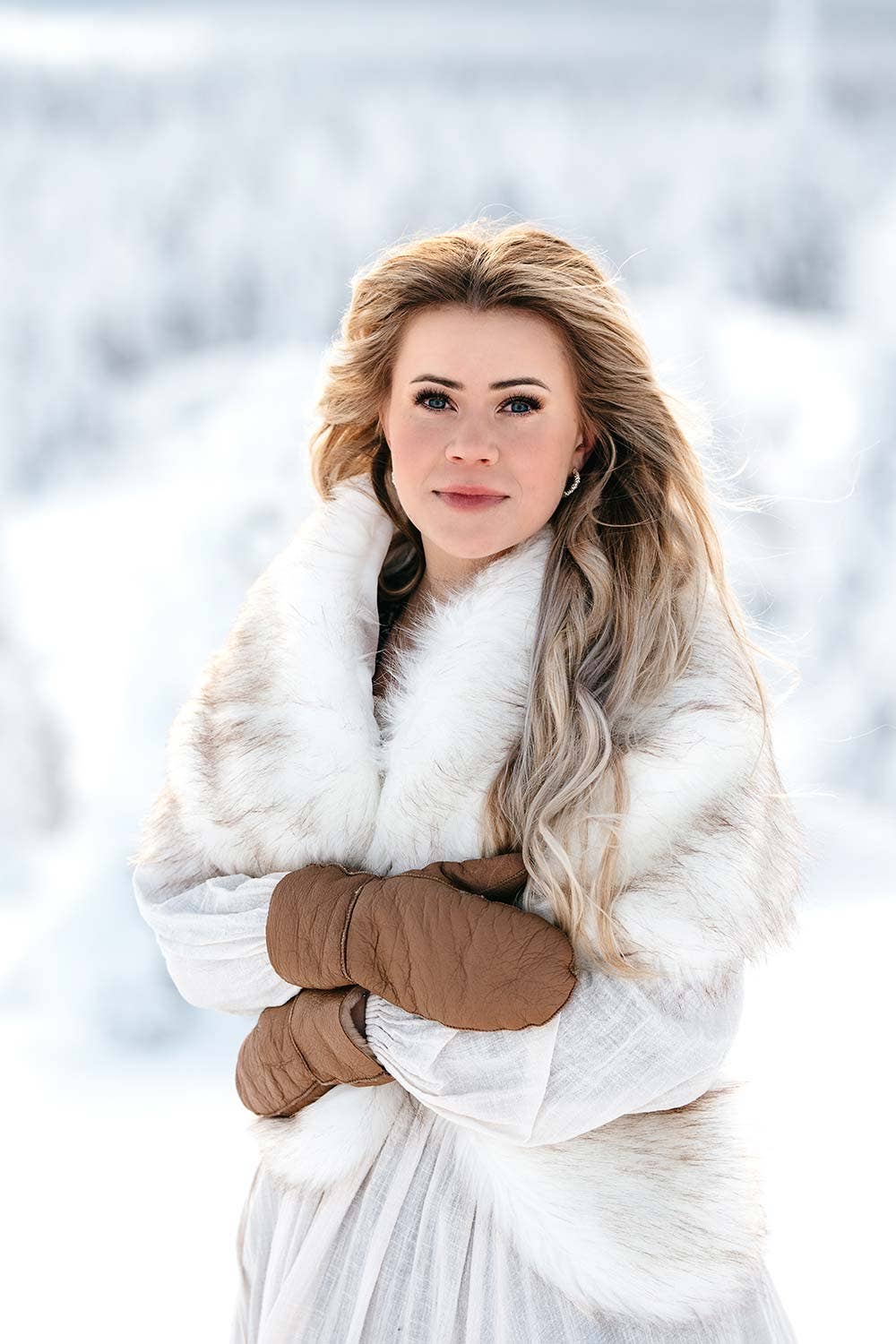

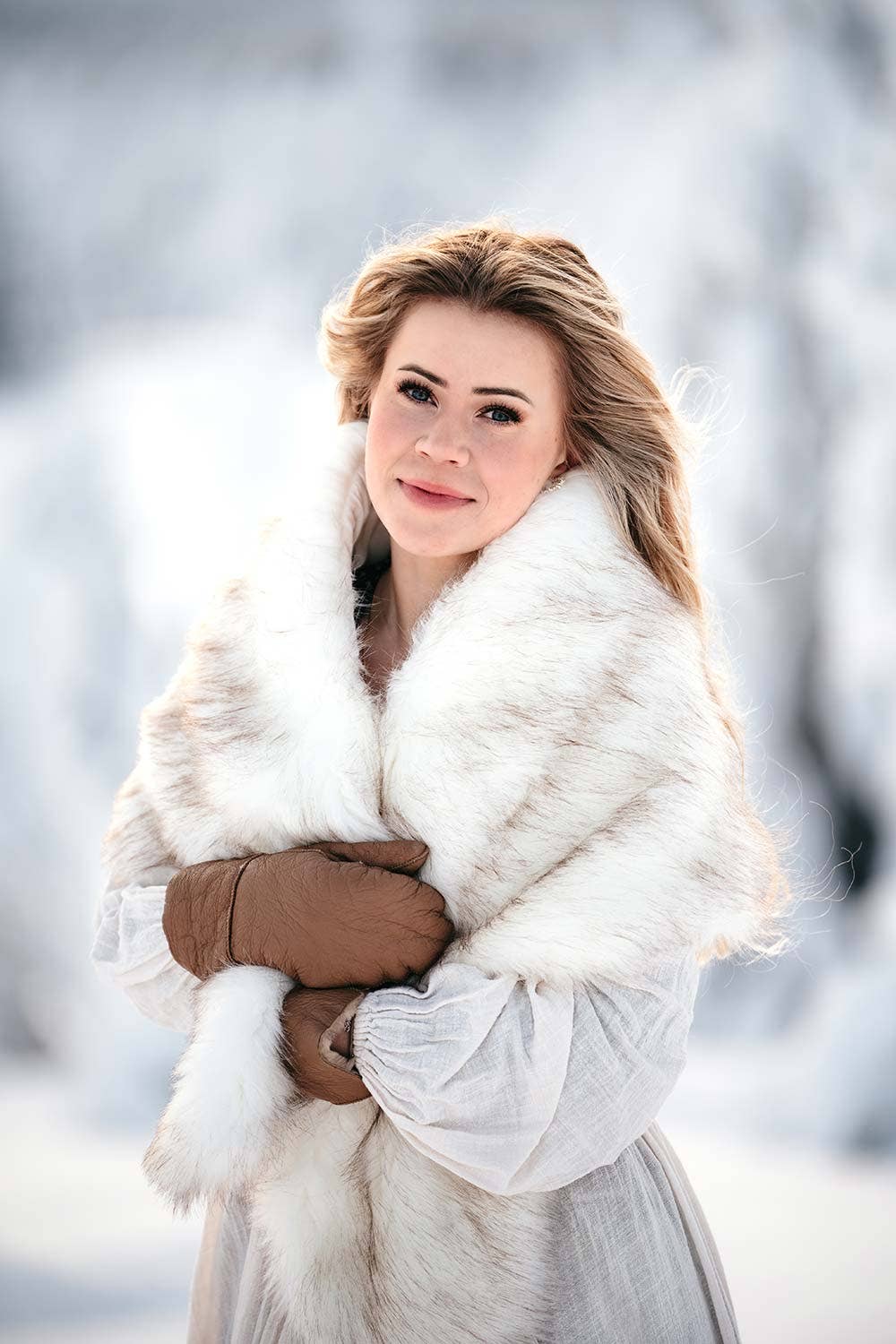

Edited photos, background and the eyes are untouched.
Settings for both photos: ISO 160, F2.8, 1/640.
To the left: SIGMA 105mm F1.4 DG HSM | Art, F1.4
To the right: SIGMA 70-200mm F2.8 DG DN OS | Sports, focal length 200mm
Being able to use the 200mm focal length is perfect when you want the person or the details to be in focus, or when you're shooting with a tricky/messy background.
Example 2:
In example 2, both photos are taken with the SIGMA 70-200mm F2.8 DG DN OS | Sports, but at different focal lengths. In contrast to the example of focal lengths further up in the article, where I shot at different focal lengths from the same place and cropped the photos afterwards, I have done the opposite here.
I have chosen to keep roughly the same composition directly in the camera and have therefore backed off a few steps to shoot at 200 mm. The photos below are unedited for you to easily see the difference in the background.
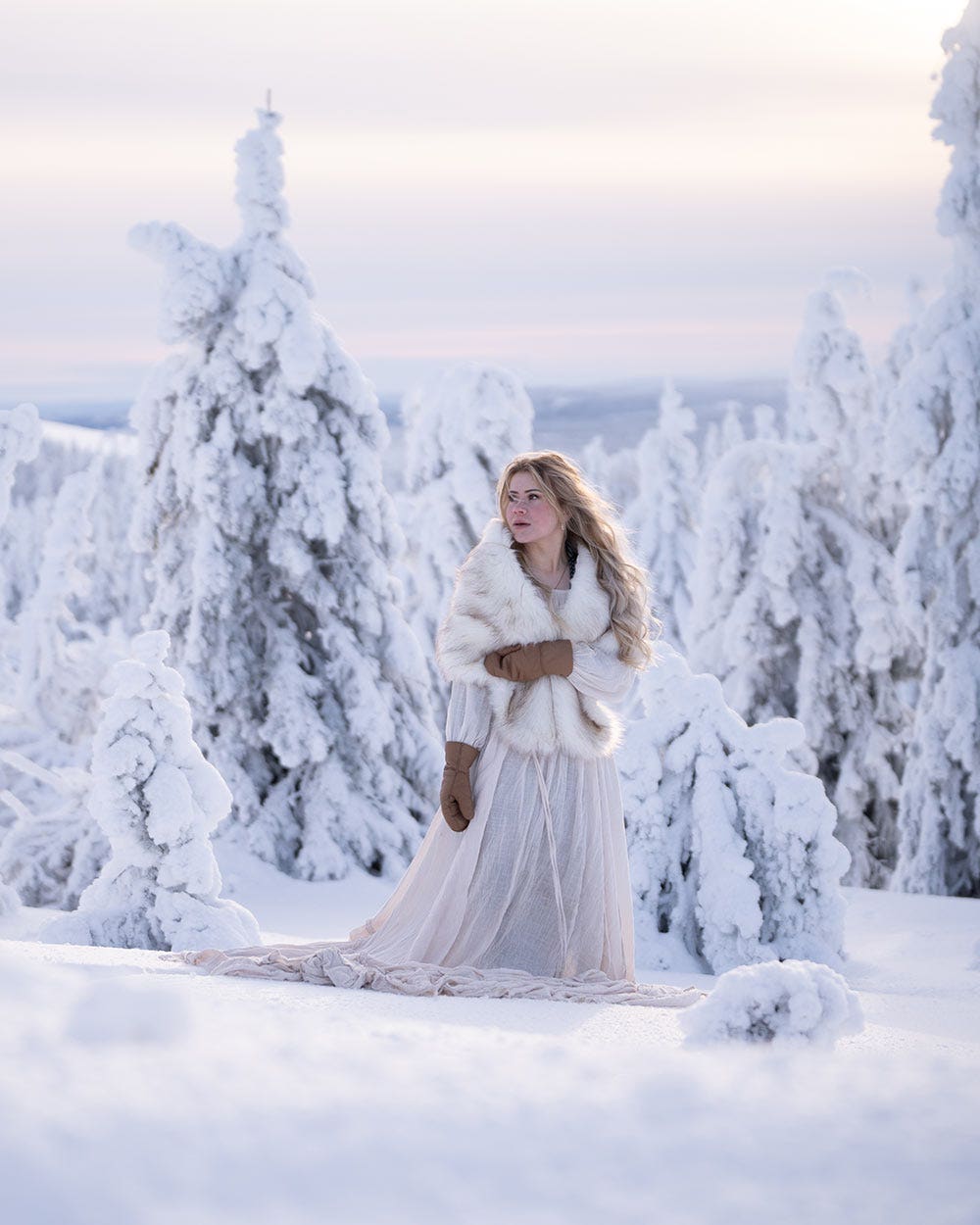

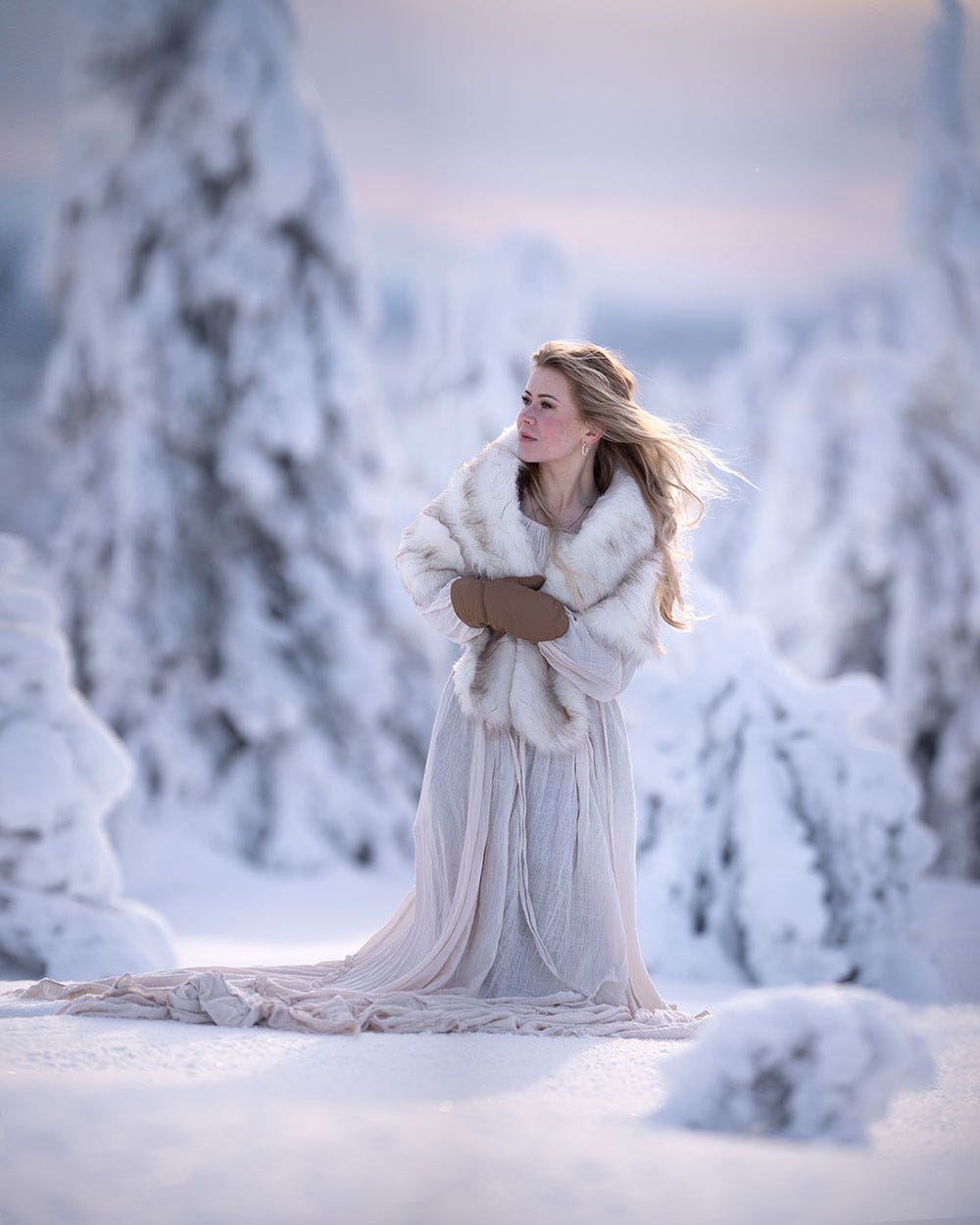

Unedited photos. Lens: SIGMA 70-200mm F2.8 DG DN OS | Sports
Settings for both photos: ISO 125, F2.8, 1/800.
To the left: Focal length 91,5mm
To the right: Focal length 200mm
In other words, if you want to increase the background blur, you can zoom in to max. If you want to keep the same composition, just take a few steps back. As a result, you're not only getting a more blurred background, but you also preserve more details of the model than if you shoot with for example aperture f/1.4.
I often know roughly how I want to edit the photo when I get home, but sometimes I'm just playing around when I take it. Therefore, it is a great advantage to be able to take the same photo in several different ways without moving. It saves time on site and gives me more freedom when I get home and have to edit them.
Let the surroundings help you create a story
How blurry you want your background to be is a matter of taste and maybe it also depends on how it looks where you are shooting.
If you are shooting in a place where you have plenty of space behind both you and the model, or if you have mountains in the background, it is optimal to shoot with focal lengths over 70 mm. The wider angle (shorter focal length) you shoot with, the smaller and further away the mountains appear to be. The higher the focal length you shoot with, the bigger the mountains become and it feels like they come closer in your photos.
Create stories and don´t miss the moment
Another advantage of a zoom lens is that you can more easily come home with a wider variety of looks in your photos, as you can quickly recompose the photo where you are standing.
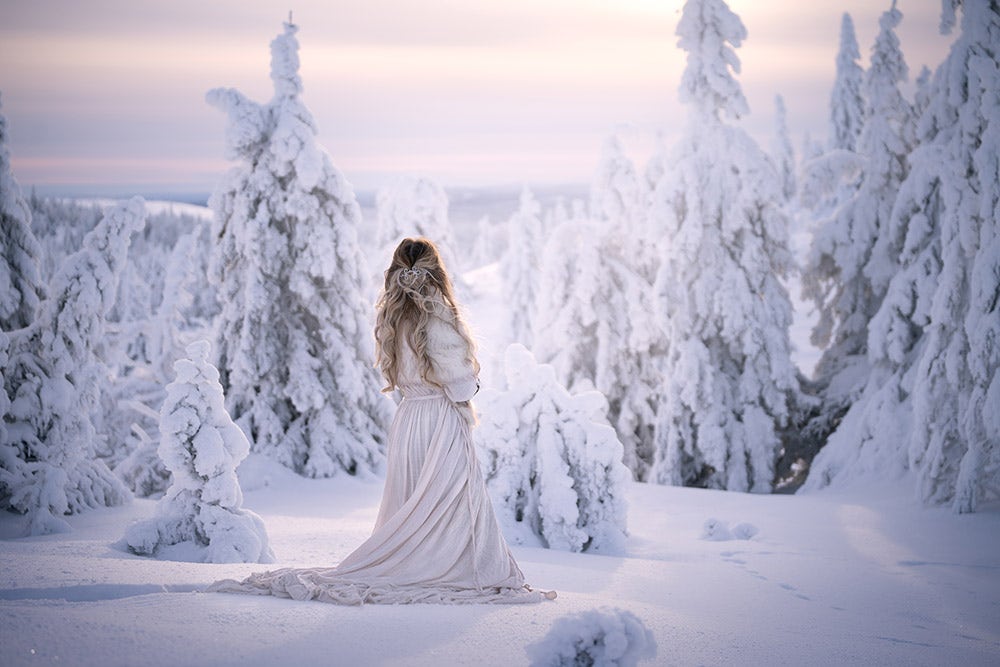

Edited: SIGMA 70-200mm F2.8 DG DN OS | Sports. 70mm, ISO 125, F2.8, 1/800.
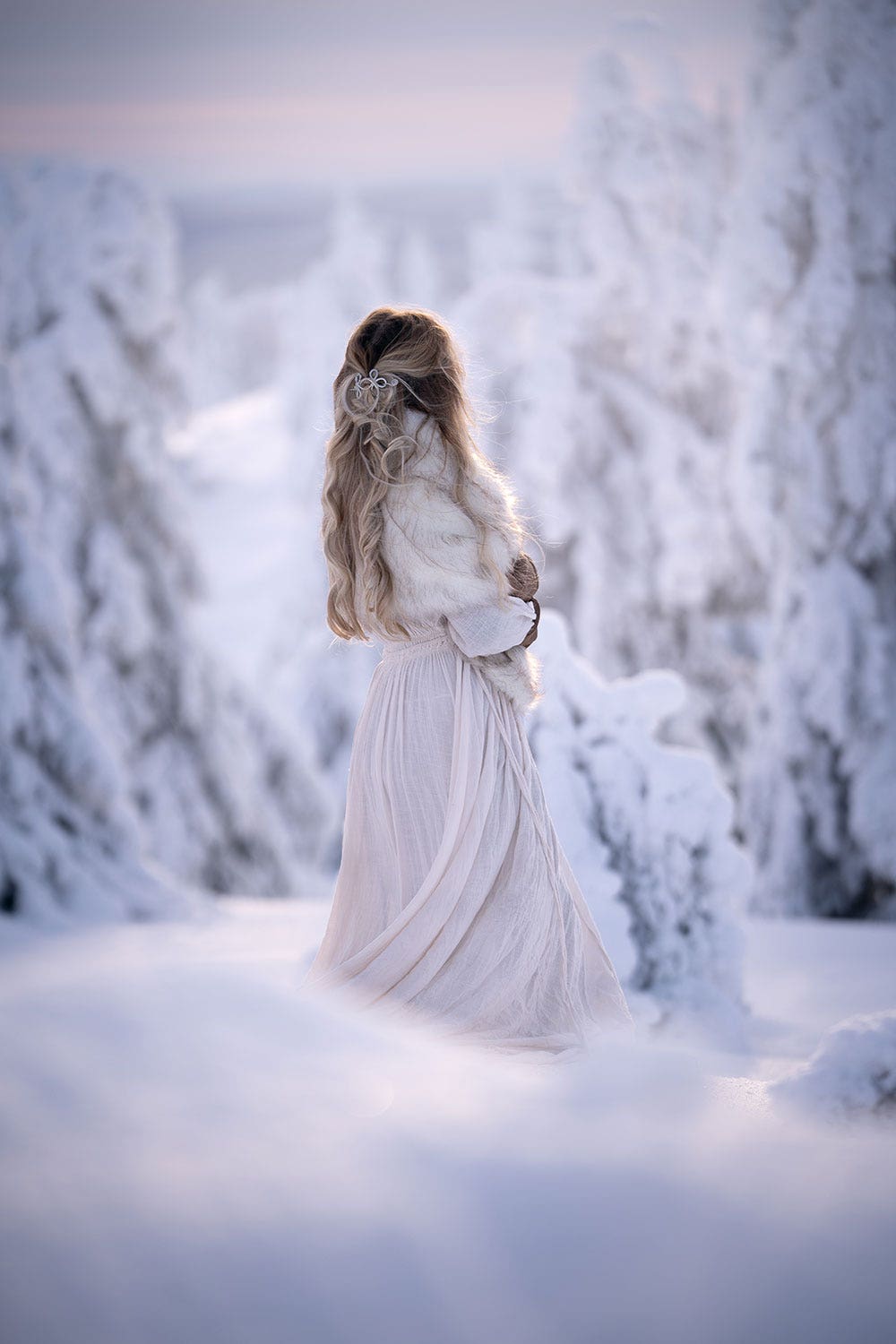

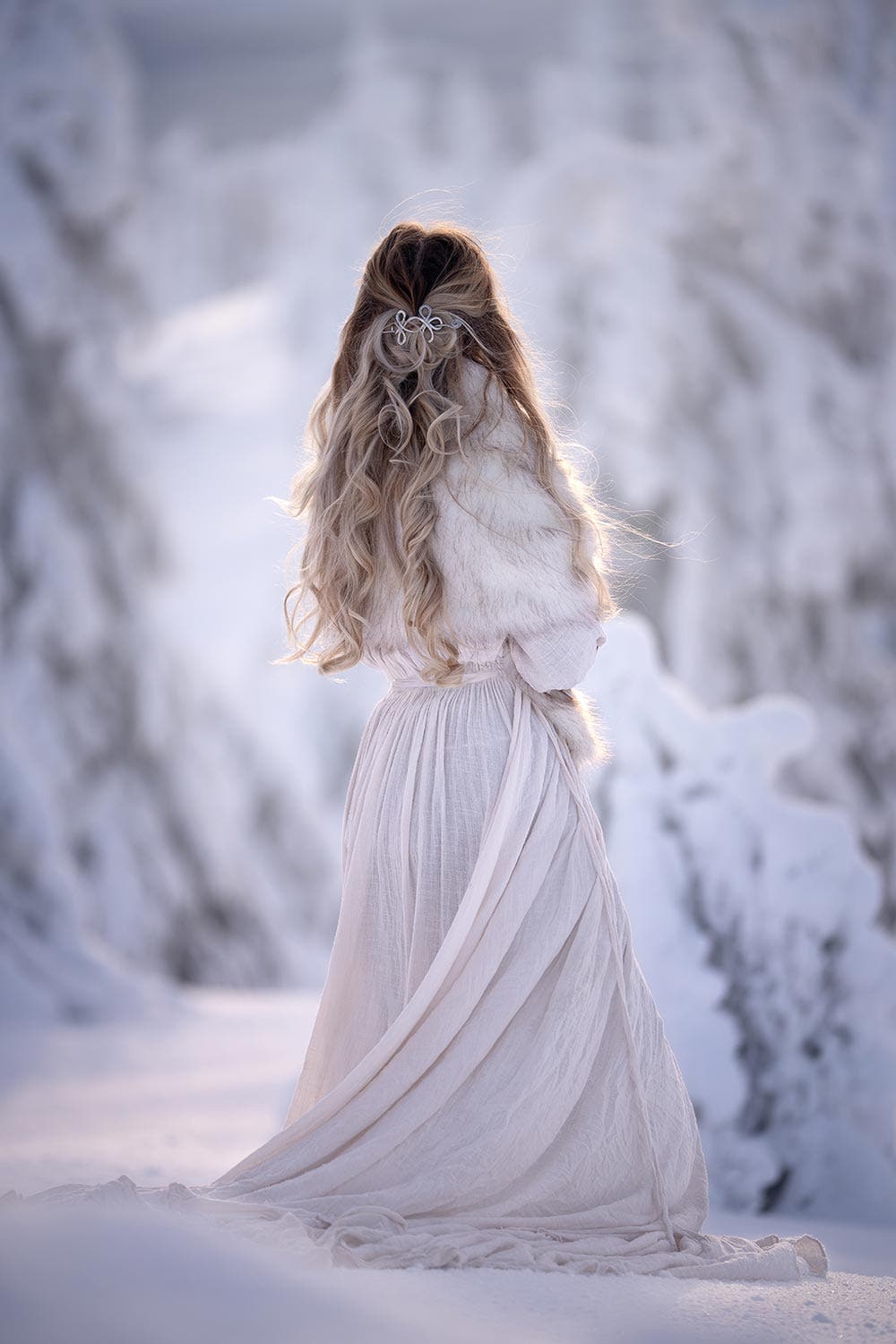

Edited: SIGMA 70-200mm F2.8 DG DN OS | Sports. 70mm, ISO 125, F2.8, 1/800.
Narrative technique - 1, 2, 3
Family photography
Being able to quickly recompose the photo is perhaps particularly important when you are photographing children and families. When I photograph families, I usually think 1, 2, 3, for each situation:
1) An image with a lot of environment around, "landscape photo with a family in the image"
2) A close-up/classic portrait photo, e.g. an image cropped just outside the family
3) Details, e.g. a little baby hand reaching for mom.
Currently, I am running back and forth to take these photos when shooting with a fixed focal length, which also puts me at risk of missing many moments in the running step. A zoom lens would instead only take a few seconds to capture this variation.
Wedding
If you are shooting weddings, it is also worth its weight in gold to be able to quickly recompose and zoom in and out. For example, in the church. You are ready for the kiss, but then you see grandma shedding a tear across the room. Either you have to run there and take the picture, while risking missing the kiss. Or you take the picture where you are standing, but have to crop the picture heavily later, and lose quality. When I photograph weddings, I use the 1, 2, 3 technique both in the church and when I photograph brides and grooms and mingling (a lot of environment, portraits, details).
Fairytale pictures
Even when you're shooting fairytale photos, time saved is very valuable. Both for you as a photographer, but also for the model. Maybe extra if it's cold outside because longer time to take the same photos means a more cooled model. It's hard to look good and have fun when you're cold. When you shoot fairytale photos, it is certainly easier to ask the model to stand still than when you e.g. photographing children. But if I have the option to shoot smarter (zoom in and out) instead of harder (run back and forth), I'm all for that option. The energy I as a photographer save in this way I would rather spend on creativity in shooting. (Especially in snowscapes, where “back and forth” is a real workout for the photographer), I use 1, 2, 3 even when shooting fairytale photos to capture stories.
Below you have an example of a "1" photo.
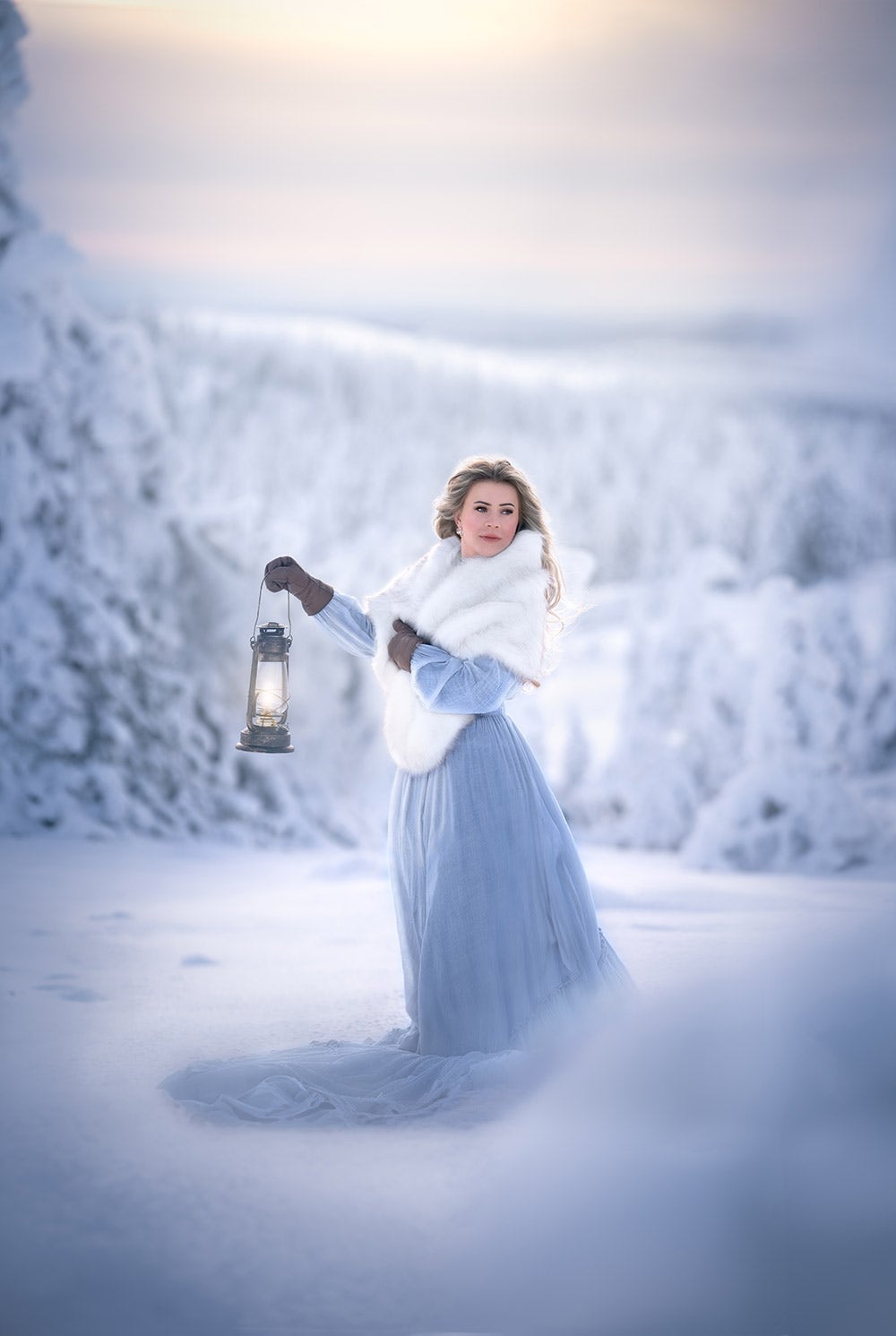

Edited fairytale photo: SIGMA 70-200mm F2.8 DG DN OS | Sports. 141,2mm, ISO 160, F2.8, 1/640.
Sharp photos
Another thing that is important when choosing a lens is of course how sharp the photos will be. There are many factors that play a role, everything from the camera, lens, how the camera and lens talk to each other, your settings in relation to what you are photographing and not least your own photography technique.
But the lens definitely matters. The lens is like the camera's glasses. If you get the wrong refraction on the glasses, it can be difficult to fix your eyes where you want or see details clearly.
How sharp are the photos with the SIGMA 70-200mm F2.8 DG DN OS | Sports?
The photo example below was taken at a focal length of 200 mm. The photos are edited, but the eyes are untouched.
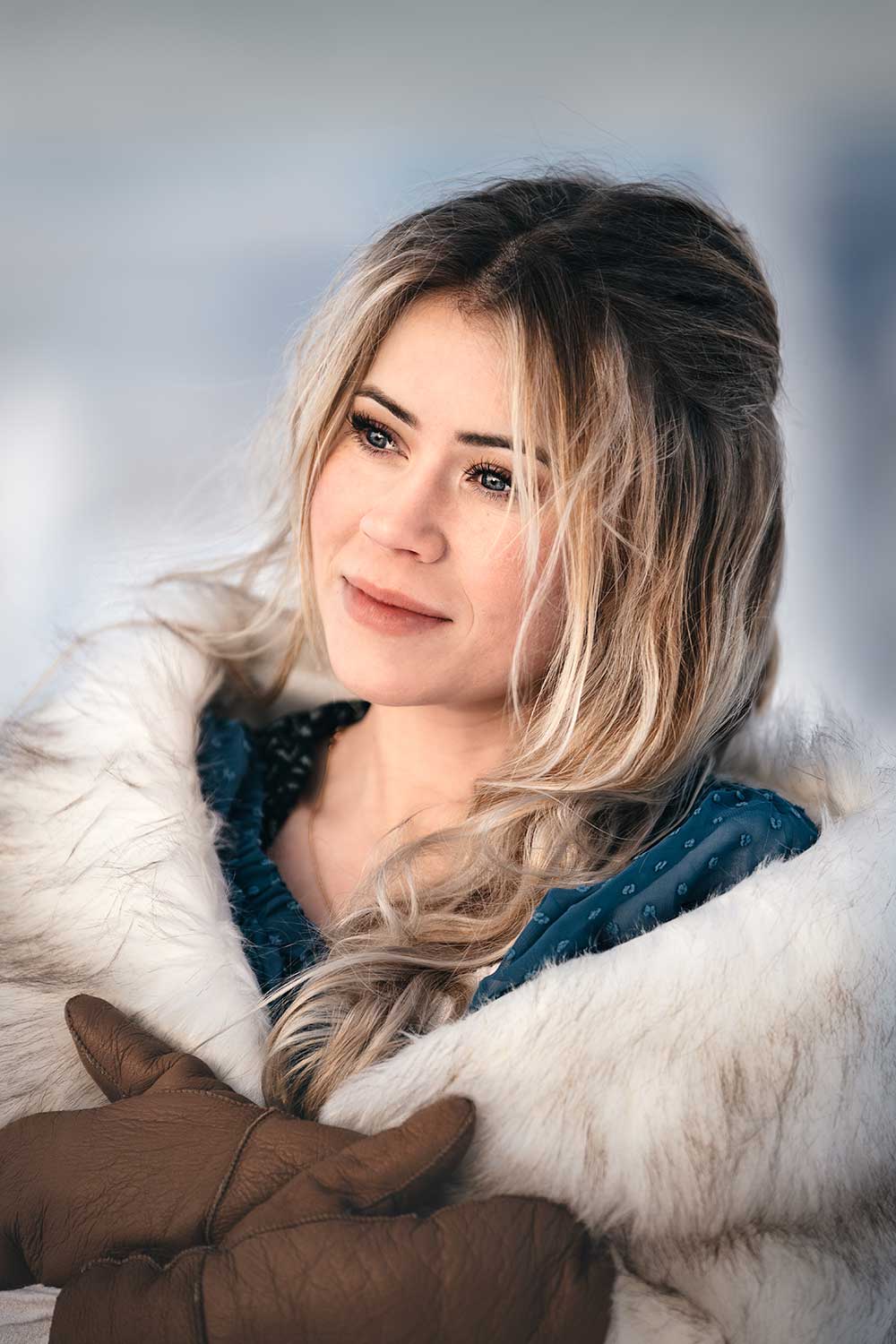

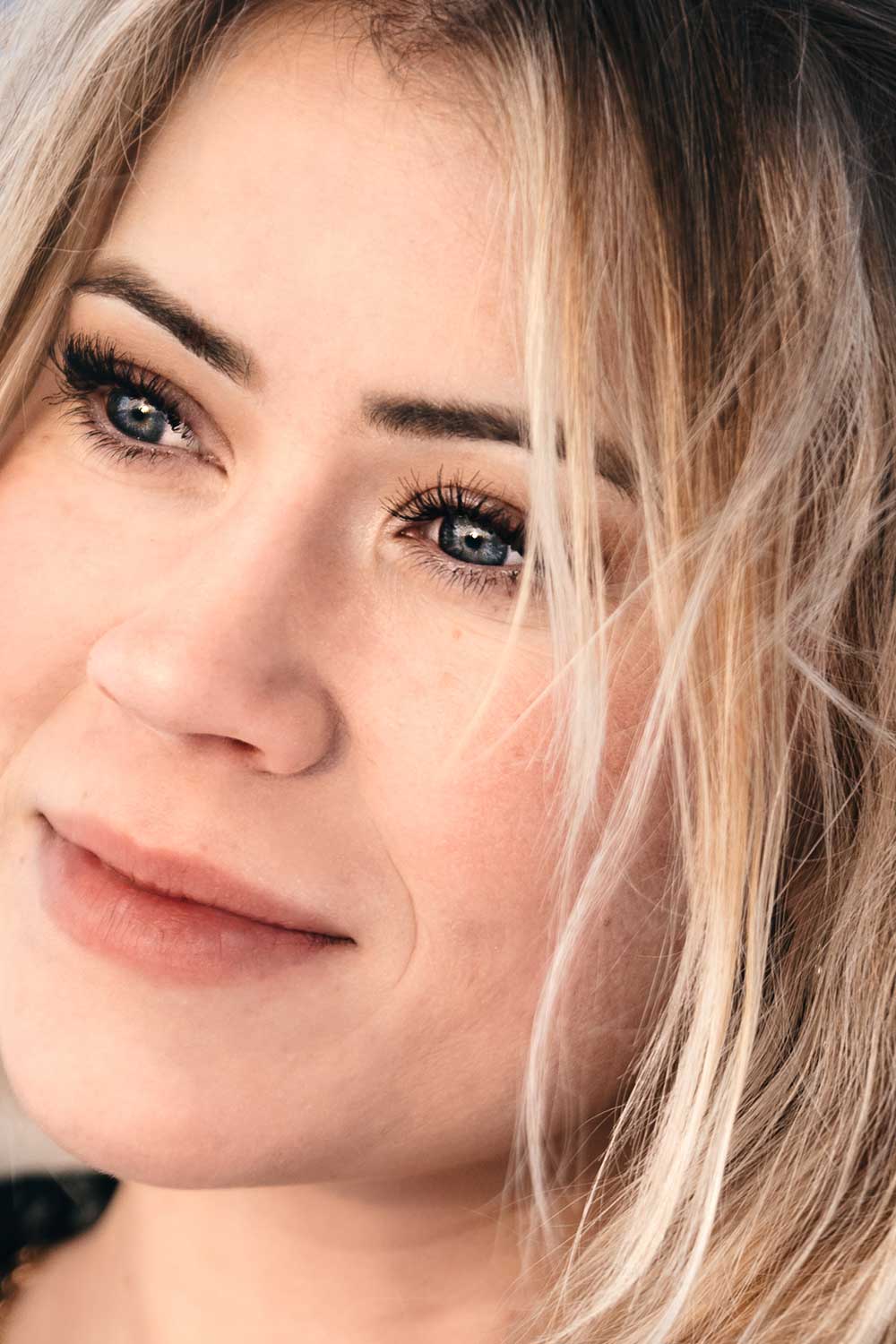

ISO: 125, F2.8, 1/800 | 100% zoomed in and cropped in Lightroom.
Incredibly fine contrast and sharpness. Really impressive.
To compare, I took three identical photos but with different lenses. The photos below are taken with the same composition directly in the camera, so I am the closest in picture 2, taken with SIGMA 85mm F1.4 DG DN | Art, then photo 3 with SIGMA 105mm F1.4 DG HSM | Art 1.4 and the furthest away with photo 1, taken with the SIGMA 70-200mm F2.8 DG DN OS | Sports (since I was shooting with a focal length of 200mm).
The photos below are edited, but the eyes and background untouched.
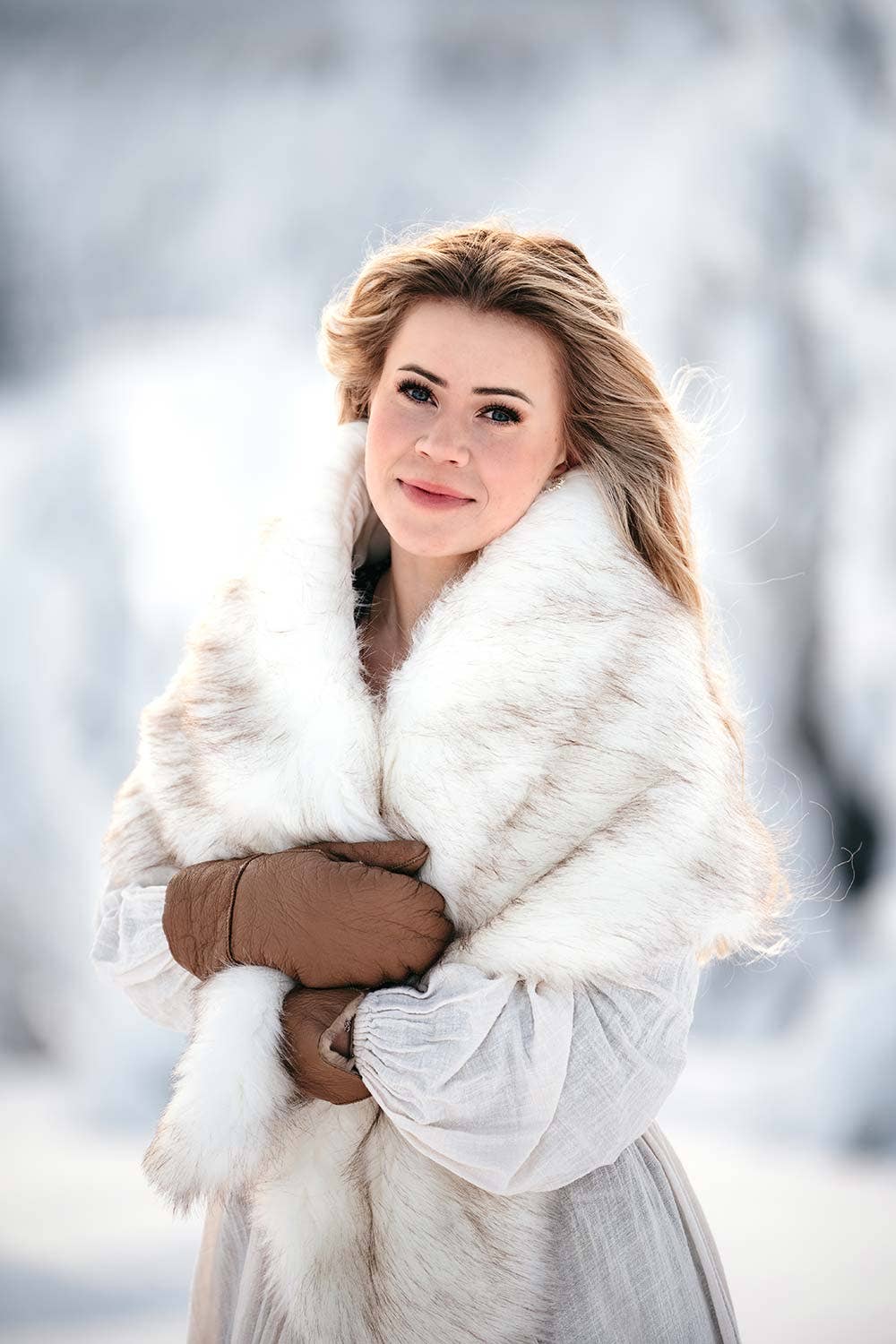

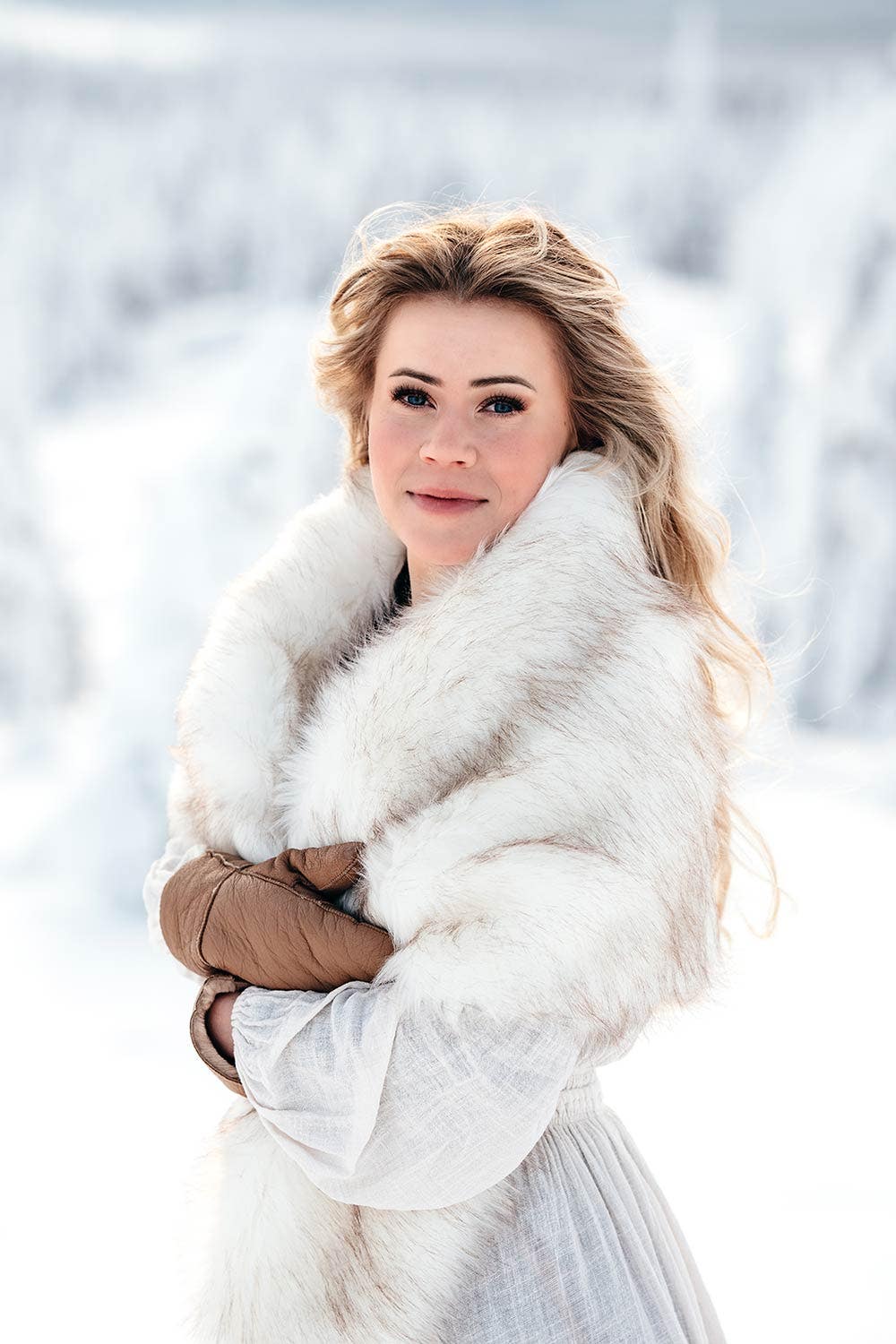

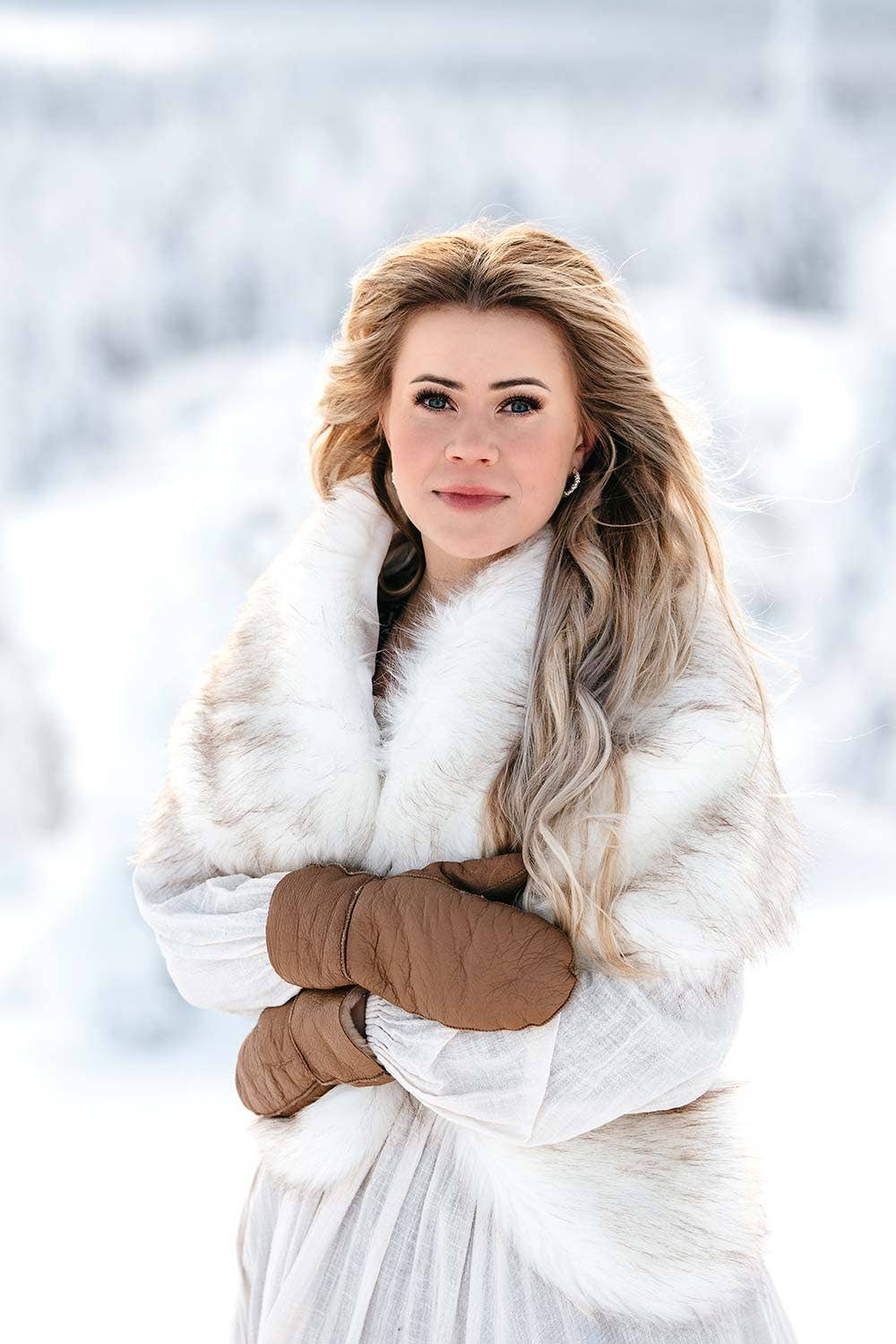

SIGMA 70-200mm Sports | SIGMA 85 mm Art | SIGMA 105 mm Art
All photographed with the same settings (ISO 160, F2.8, 1/640)
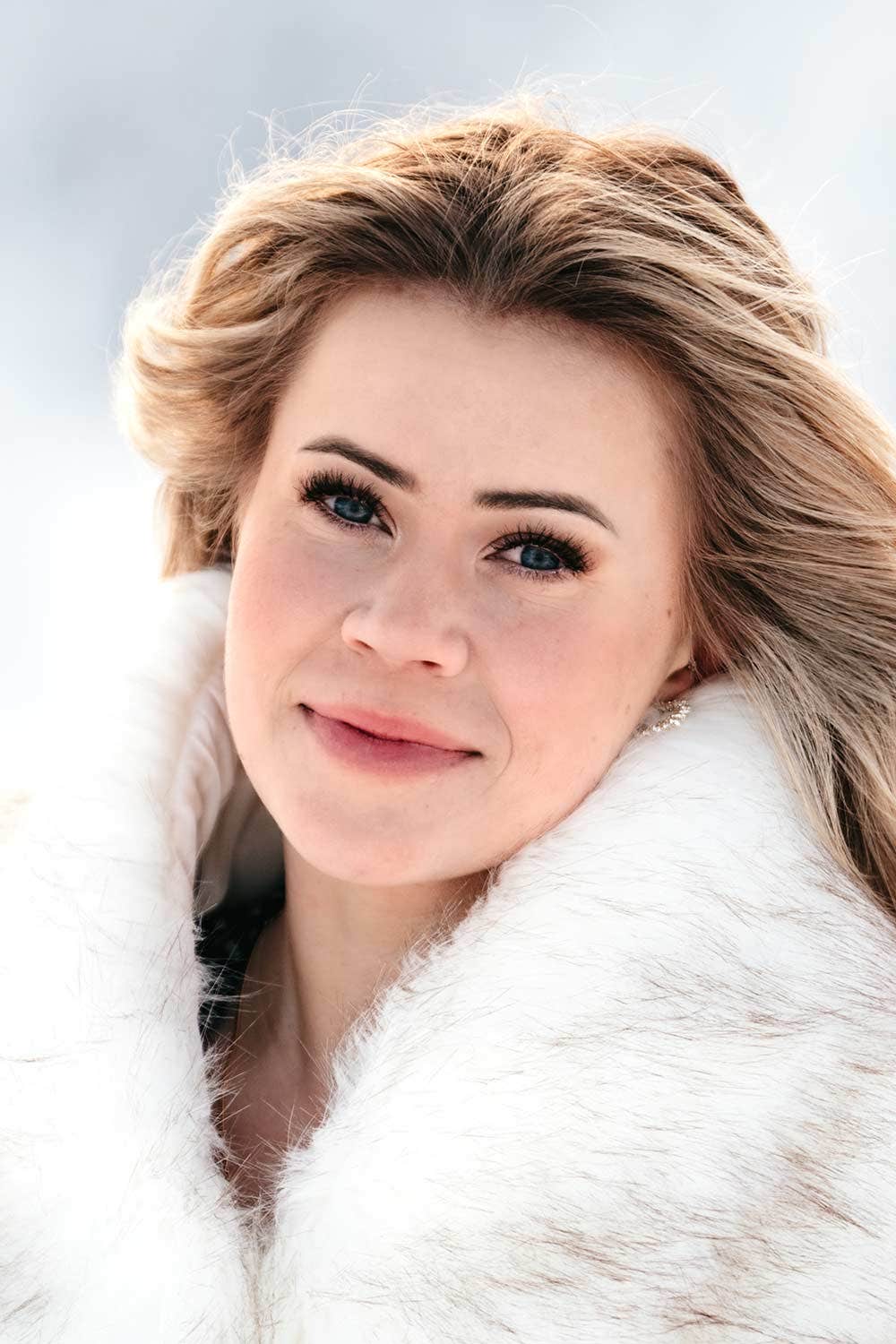

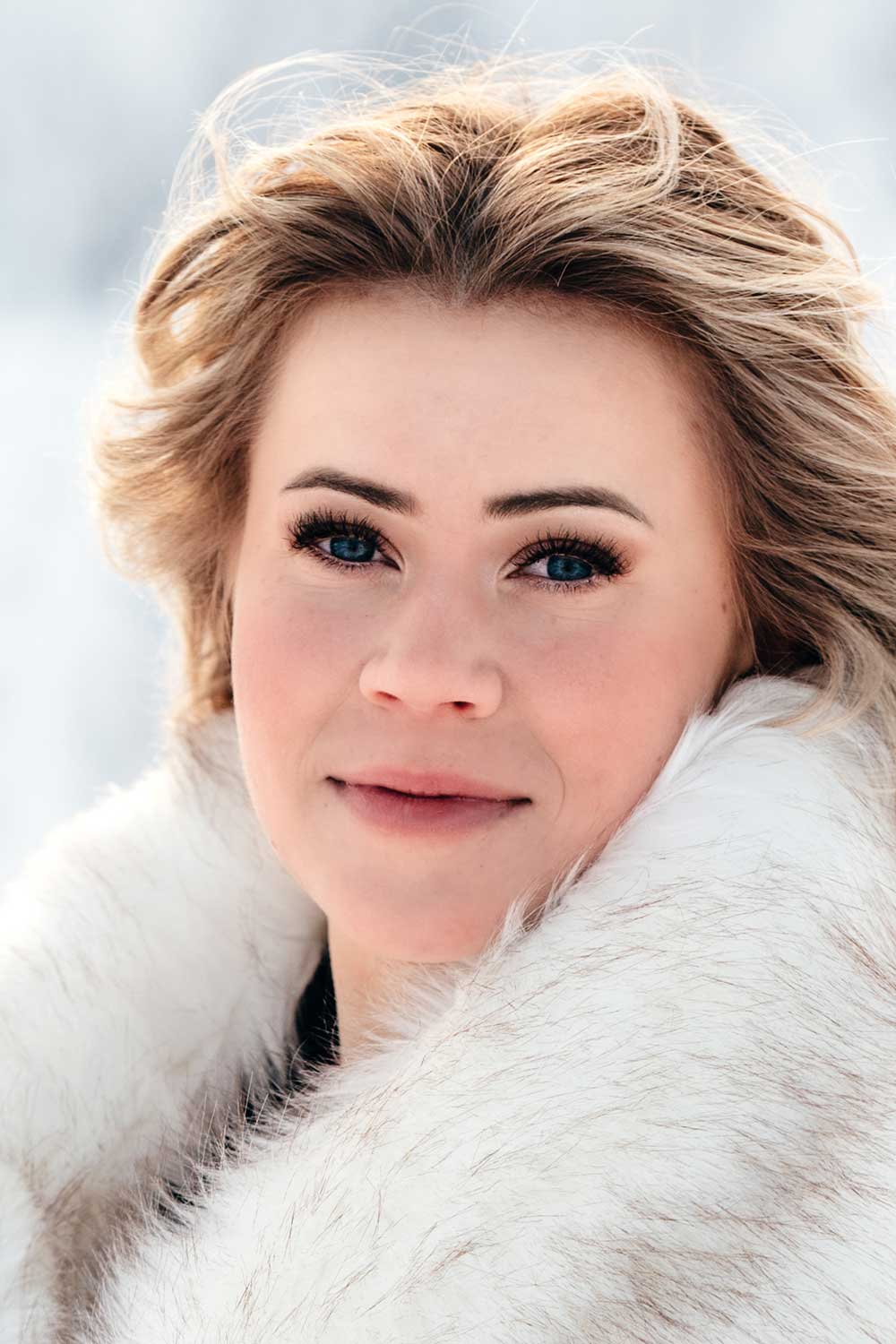

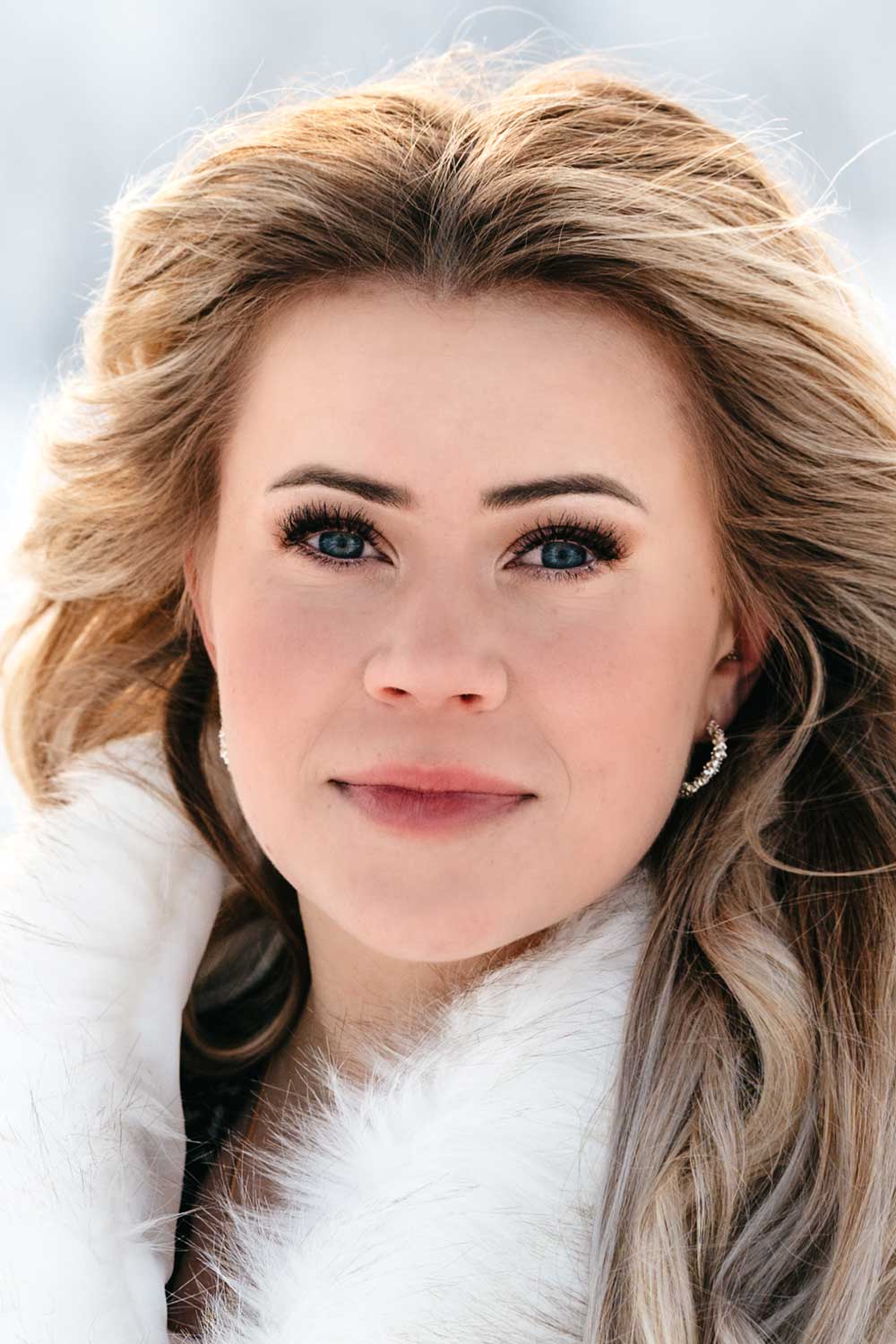

Zoomed in at 100% and cropped in Lightroom.
SIGMA 70-200mm Sports | SIGMA 85 mm Art | SIGMA 105 mm Art
Conclusion: In this sample photo, it was difficult to see any difference. However, the light was special and the air full of small, small, small snow crystals, which is challenging for the equipment.
Auto focus
I used the eye autofocus setting and a separate focus button and the lens focused both quickly and accurately. The autofocus was very quiet.
The Photo Experience
It was a nice feeling to shoot with the lens. I'm not used to shooting with zoom lenses and the zoom ring was at the front of the lens, which made me a little shaky while I zoomed. But it's probably a matter of habit.
I was worried that I would have to shoot at high ISOs to compensate for the F2.8 aperture and faster shutter speeds due to the longer focal lengths, but with OS2 (OS = Optical Stabilization) I shot exactly as I would have with the SIGMA 85mm F1.4 | Art at aperture F2.8.
According to SIGMA, the OS helps you with 5.5 stops at 200m and 7.5 stops at 70mm.
Example: Here's a video I shot handheld at 200mm (shutter speed 1/100) **
Weight
It is not uncommon for zoom lenses to weigh more than primes. I shoot a lot of the fairytale photos with the SIGMA 105mm F1.4 DG HSM | Art, which is a decent lens at 1645 g. Therefore, I was pleasantly surprised when the SIGMA 70-200mm F2.8 DG DN OS | Sports was lighter and weighed 1345 grams. However, it is heavier than e.g. SIGMA 85mm F1.4 DG DN | Art weighing 630 g.
Conclusion
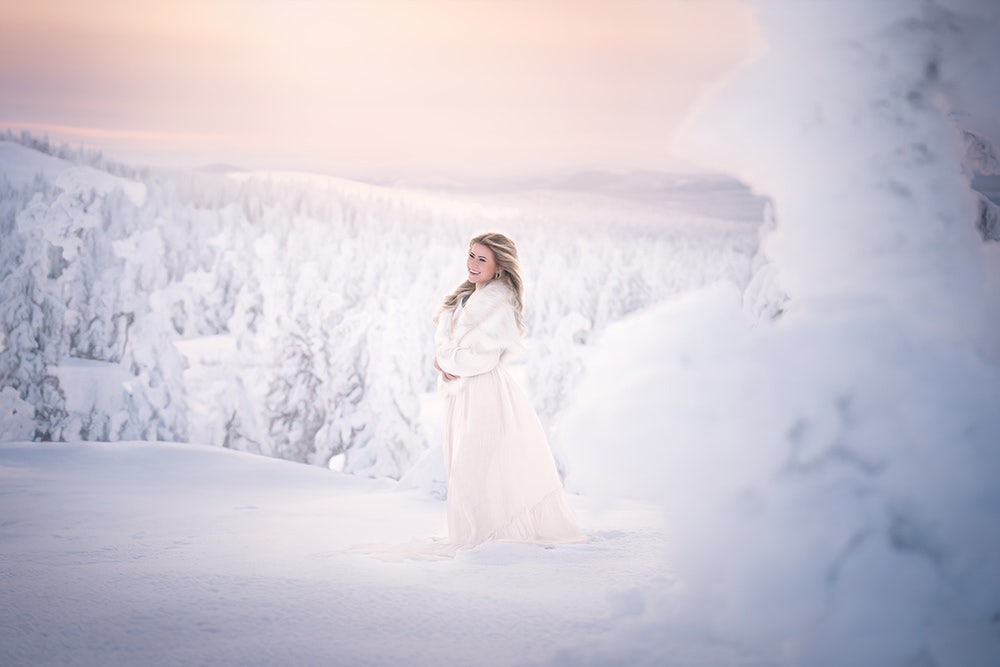

Zoomed in at 100% and cropped in Lightroom.
SIGMA 70-200mm Sports | SIGMA 85 mm Art | SIGMA 105 mm Art
I was pleasantly surprised by what it was like to shoot fairytale photos with the SIGMA 70-200mm F2.8 DG DN OS | Sports. I have previously thought that aperture F2.8 is too small, but the photos turned out sharp, the background beautiful and the autofocus was fast and accurate. Not to mention it's lighter than the lens I use most today.
In addition, shooting with a zoom was a significantly easier experience (for both me and the model). A good 70-200mm F2.8 lens for your camera bag, even though I don't think it will end up in the camera bag but sit on your camera most of the time instead.
The Photo Experience
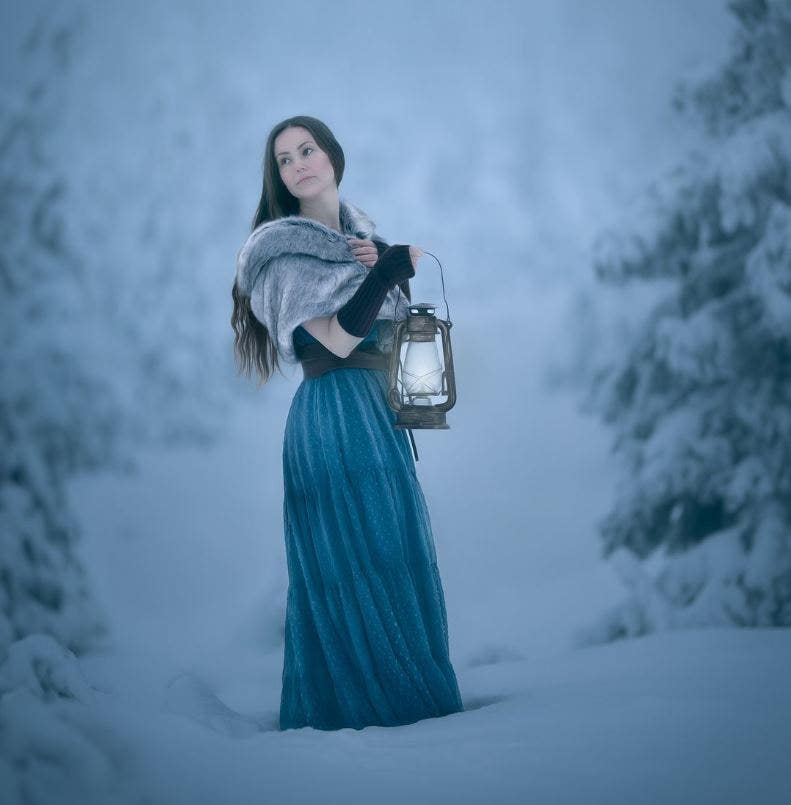

Sandra Hallnor
Nordic Fairytale & Family Photographer
Sandra is a fairytale and family photographer based in Arvidsjaur, in northern Sweden. She started photographing fairytale photos three years ago, and her photos is often inspired by the Nordic, traditions, places, history - and the medieval period. Nature is often the most important element. She wants nature to tell the story, not just give a "lovely background and a beautiful light".
Website | Instagram | YouTube
